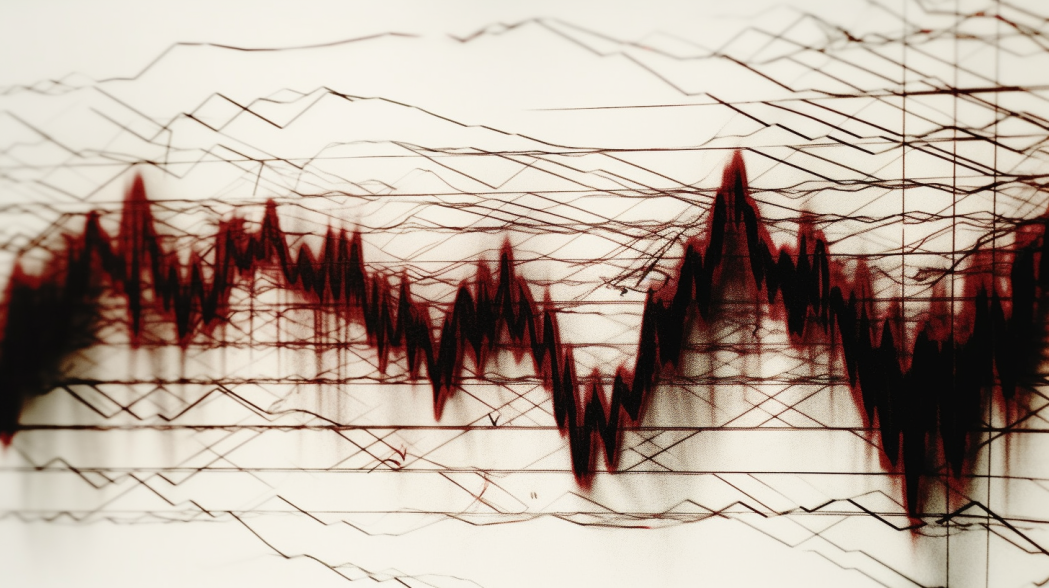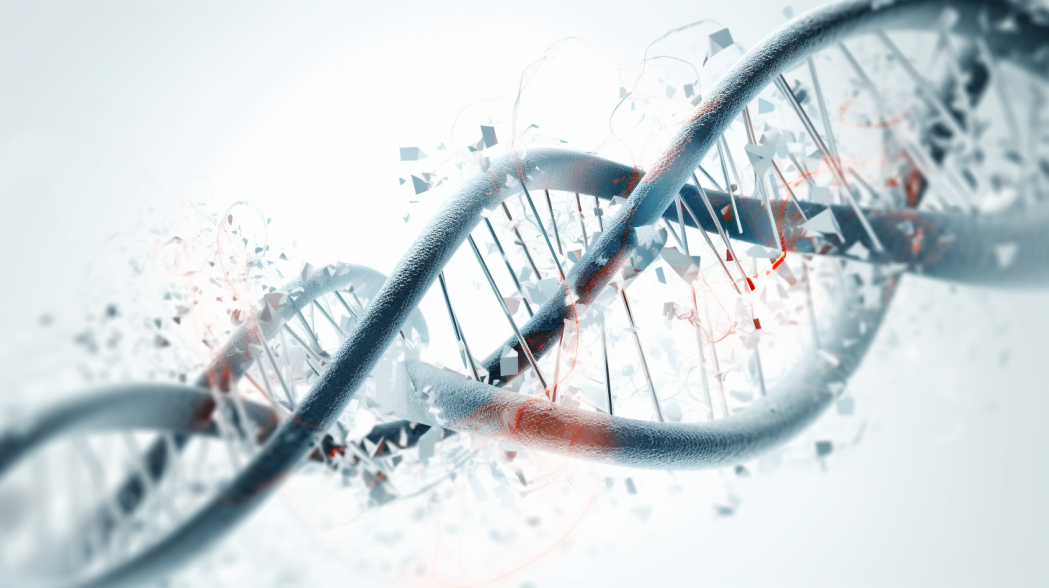Scientists have identified a major hurdle in attempts to use cell transplants to treat heart disease, the leading cause of death in the US, according to a new study in the journal Cell Stem Cell. The problem has been that cell injections to repair heart muscle following heart attacks have caused life-threatening arrhythmias. The researchers found that injected cells had been immature and had failed to synchronize with the heart’s electrical system. However, scientists have now used gene editing to replace dead heart cells with new ones that reduce arrhythmias.
The human heart is unable to regenerate following birth, replacing dead tissue with stiff scar tissue. These scars make it harder for the organ to pump, slowing the flow of oxygen to the heart. Researchers at the University of Washington have now created cardiomyocytes with four altered genes, named MEDUSA, which have reduced arrhythmias by 95% in Yucatan minipigs. The pigs’ hearts beat in sync with the existing cells and the arrhythmias that occurred were over much faster.

Cell transplantation has long been pursued as a possible treatment for heart disease. Researchers have already launched clinical trials using different cell treatments aimed at repairing damage to the heart. Some trials involve injecting cardiomyocytes into the heart wall, while others require suturing patches made from cells directly onto the heart. The main advantage to injecting heart muscle cells is that the procedure would not require open-heart surgery. However, a patch has the advantage of more of the transplanted cells surviving.
Serious obstacles must be overcome before the gene-editing technique developed by the University of Washington can be used in people. Even the greatly reduced number of arrhythmias could still prove fatal for patients. Moreover, some researchers expressed concern that too much gene editing of heart cells could trigger cancer or interfere with the vital functions that cells perform. One of the edited genes can impact the ability of heart cells to contract. The ideal solution would involve developing an off-the-shelf line of cells that could be used by a wide group of patients without requiring immune suppression medication.
No matter the approach, the challenges involved in heart regeneration are not just scientific, but also economic. Large animal studies must be carried out before clinical trials, and they are costly. Cardiac Cell Therapy, a program run by Sana Biotechnology, was cut in December due to financial obstacles. However, Michael Laflamme, a professor at the University of Toronto, said that the development of gene-edited cells that reduce arrhythmias is not science fiction and will likely be used to regenerate human hearts in the near future.


